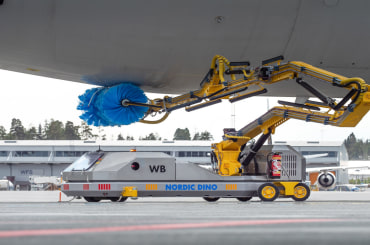The International Air Transport Association (IATA) has released a new Contactless Travel Directory designed to help airlines adopt biometric travel solutions across airports.
The directory aims to streamline the implementation of contactless services and facilitate coordination between airlines and airports.
IATA’s system will serve as a matchmaking service, enabling airlines to identify where contactless travel options are available, including at partner airline locations.
Contactless travel utilises biometric solutions that allow passengers to navigate airports without physical documents such as passports or boarding passes.
The technology can be applied to processes including bag drop, lounge access, security screening and boarding.
The directory provides airlines with a single reference point to check the availability of biometric touchpoints across their networks.
It also includes information about traveller eligibility by location, detailing which passengers can use the contactless services based on nationality, passport compatibility and age.
Technical protocols needed to connect with other airline or airport biometric systems are also provided.
Nick Careen, IATA’s Senior Vice President for Operations, Safety and Security, said the directory “will make it easier for airlines to expand biometric service opportunities for their customers.”
“As travelers expect ever greater efficiency, biometric recognition technology is taking on a growing role in facilitating travel,” he said.
Digital services provider Airware, along with identity management companies IDEMIA and iPassport, will be the first to demonstrate the directory’s capabilities.
The demonstration will take place at this week’s Passenger Terminal Expo in Madrid, where attendees can enrol during check-in for simulated flights between the UK and Spain.
They will then pass through biometric touchpoints at both Airware’s and IDEMIA’s exhibition booths, simulating the airport experience.
The directory forms part of IATA’s broader One ID initiative, which aims to establish global standards for biometric identification in air travel.












